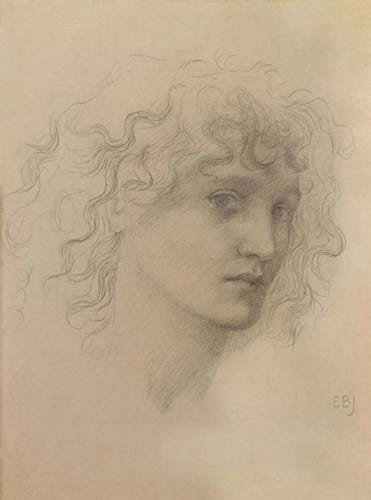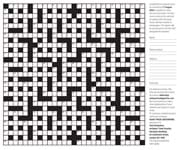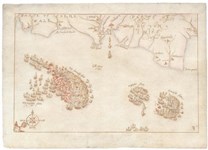
With help from academics, Peter and Renate Nahum have spent three years and more than £90,000 to begin the process of cataloguing the output of the prolific Pre-Raphaelite artist.
Usually catalogue raisonnés are worked on by one or two scholars, take decades to complete and ae published in print.
An organic project
However, Nahum decided he wanted to create a collaborative, organic and online project for Burne-Jones rather than the traditional method.
Currently the website holds 3500 items with more than 7500 images – about 25% of the total works that the artist, his studio and collaborators produced. It is being worked on continuously and will take many years to ‘complete’.
Nahum said: “We are trying to lay down the foundations for future scholars to dig into. This is a collaborative effort. Many scholars have different opinions but we all need to work together. Dealers and academics must come together and constructive criticism will help us to develop this.”
Nahum created the website having worked as a dealer since acquiring the name of The Leicester Galleries in 1984 following 17 years at Sotheby’s. He was a specialist on BBC’s Antiques Roadshow for many years.
The initiative is in honour of two scholars – the late John Christian and William Waters – who Nahum said “have dedicated their lives to the artist”.
Waters is among the academics working on the project with the Nahums alongside Alison Smith, Suzanne Fagence Cooper and Fiona Mann.
London dealer Rupert Maas is also collaborating with Nahum and is a trustee of the project which is now a registered charity.
Having funded the first part of the project personally, the Nahums hope to raise further funds for the charity to continue “to pay the scholars and for the programming on the site”.
A fee of £160 will be charged to submit works to be considered for authentication, which Nahum said is “modest in comparison to other catalogue raisonnés”.
Nahum is aware of the many issues raised by the nature of the project, particularly relating to Burne-Jones and his studio. He said: “This is a very ser ious and di f f icult undertaking. Burne-Jones employed two permanent studio assistants, Charles Fairfax Murray and Thomas Matthews Rooke and there may have been up to seven assistants at any one time. These assistants were not idle, so one must assume that the majority of Burne-Jones’ final works have some percentage of studio painting in them.”
Studio system
Maas added: “Burne-Jones had a prodigious output and was unique among British Victorian artists that he operated a studio system so it is difficult to tell when Burne-Jones ends and an assistant begins.”
The issue of getting scholars to agree what is by the hand of Burne-Jones or an assistant is one reason a catalogue raisonné of the artist had not been created before. Undertakings such as this can require decades of study. Nahum points out that for fellow Victorian artist William Holman Hunt (1827- 1910) a catalogue raisonné took 30 years, for Sir John Everett Millais (1829-1896) it was 40 years and for Ford Madox Brown (1821-93) it took 50 years.
Nahum and Maas have great hopes for the project. However, Maas highlighted the reaction by the wider world may not be completely straightforward.
He said: “There should never be one person responsible for determining if something is right or not. But because it is an initiative led by dealers, academia may find it unusual and might not take to it quickly.”
The catalogue can be viewed at eb-j.org














